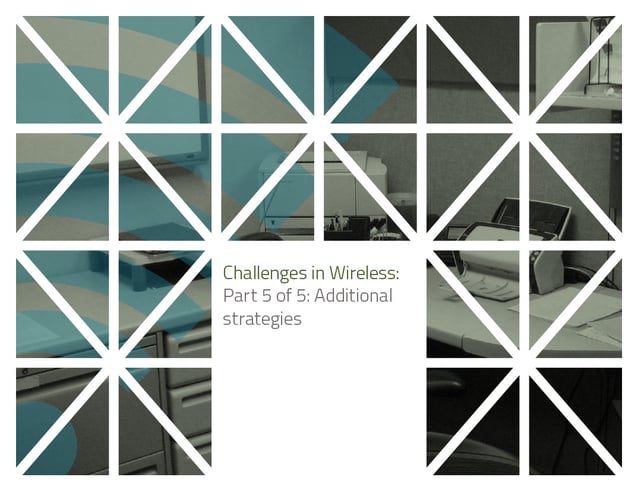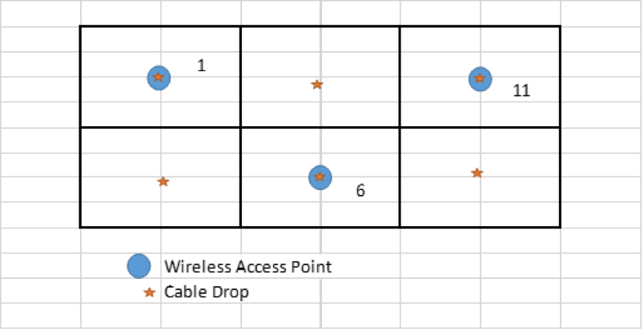
QOS and Layer 7
We’re continuing to explore key challenges in wireless network design: How do we get the maximum wireless coverage with the least interference and the best throughput?
In our last post, we looked at VLANs, band steering and other ways to maximize throughput. Today we’ll show you some additional strategies.
Quality of Service
The need for a constant data stream for certain applications has lead to the development of Quality of Service (QOS) protocols, to allow administrators to set priorities for the different types of traffic that travel over their networks.
Most often, phone (VoIP) and video conferencing are set at the highest priority. They need priority one because if the phone keeps dropping packets, people can’t understand each other and will hang up.
Communications to your accounting software and, in schools, online standardized testing, are often priority two. We sometimes suggest that our school customers bump testing up to number one during annual testing weeks, then turn it back down when the week is over.
Simulation clients, scenarios involving communication with a virtual desktop, and terminal services all have to have a high priority because, if they drop a connection, users have to log back in and start over.
Often the lowest priority is web browsing because, if you’re on a page and the service drops out, you can click that link again and it will work. The page will almost always resend the packets.
Low data rates
We have found that it can be very helpful to set minimum data rates for a device to connect wirelessly. Often those that connect at a low rate will affect others running at a high rate. In a perfect world, if we could have everyone running at 5 Mbps, they would all run better because the weakest link sets the rates for everyone.
Edge protection
The Internet edge is the network infrastructure that acts as the gateway to the Internet and the rest of cyberspace.
Keeping bad traffic out of your network is a discussion of its own, but for here we just want to point out that it’s not only a security risk, but it can causes a huge amount of chatter in your network. In doing so, it can significantly compromise your network’s throughput.
Today, a Layer 7 firewall is the best protection available.
Conclusion: Honeycomb network design
We’ve looked at a number of factors affecting coverage, interference and throughput, but we thought we’d conclude with a starting point for your network design.
Here’s what we call the honeycomb design in the simplest scenario possible: an office building with equal-sized offices or a school where the classrooms are all the same.

As you can see, we’re putting an access point in every other room, but a cable drop in every room.
The design offers good coverage, low co channel interference, and a good chance at achieving maximum throughput. It also provides the flexibility for moves, adds and changes with open cables in each room.
Obviously this is not the only way to design a wireless network, and it’s never this simple given that rooms are different sizes and non-symmetrical, but it’s generally a good starting point.
You’ll want to input it into your predictive heat map, then modify as needed.












